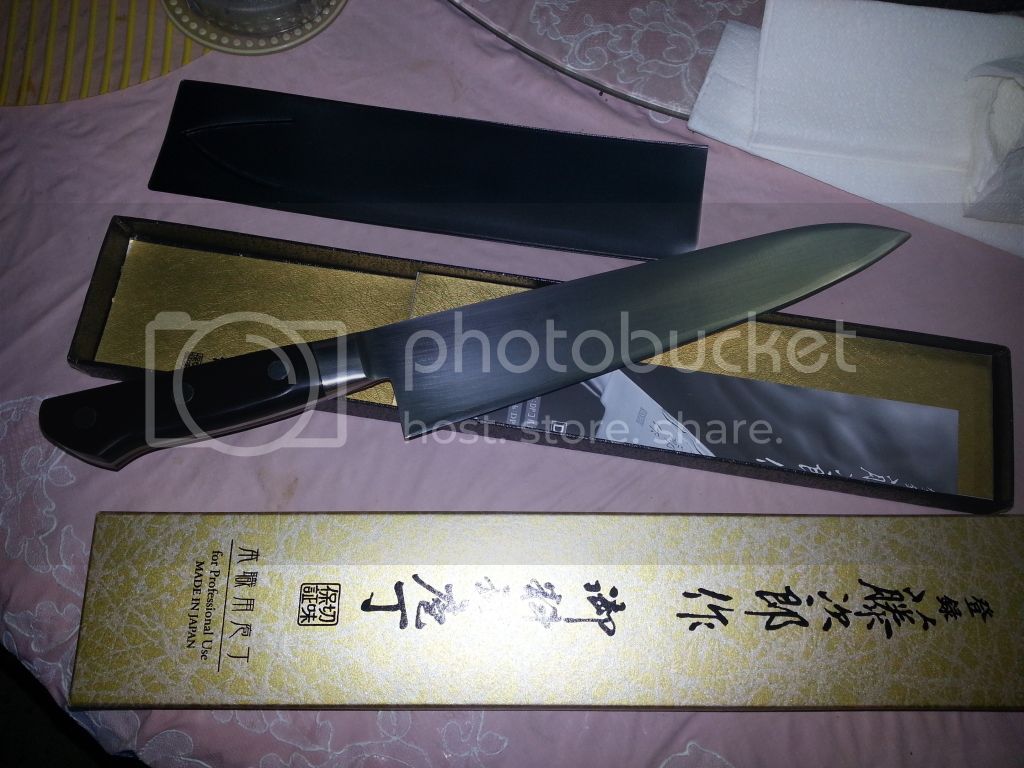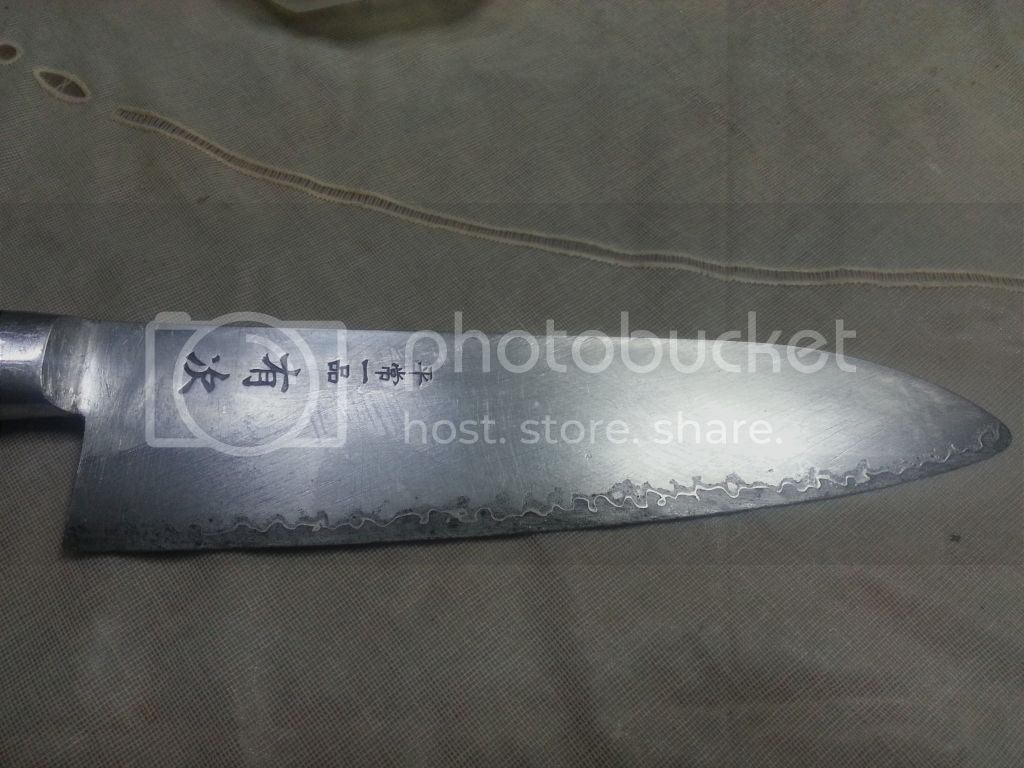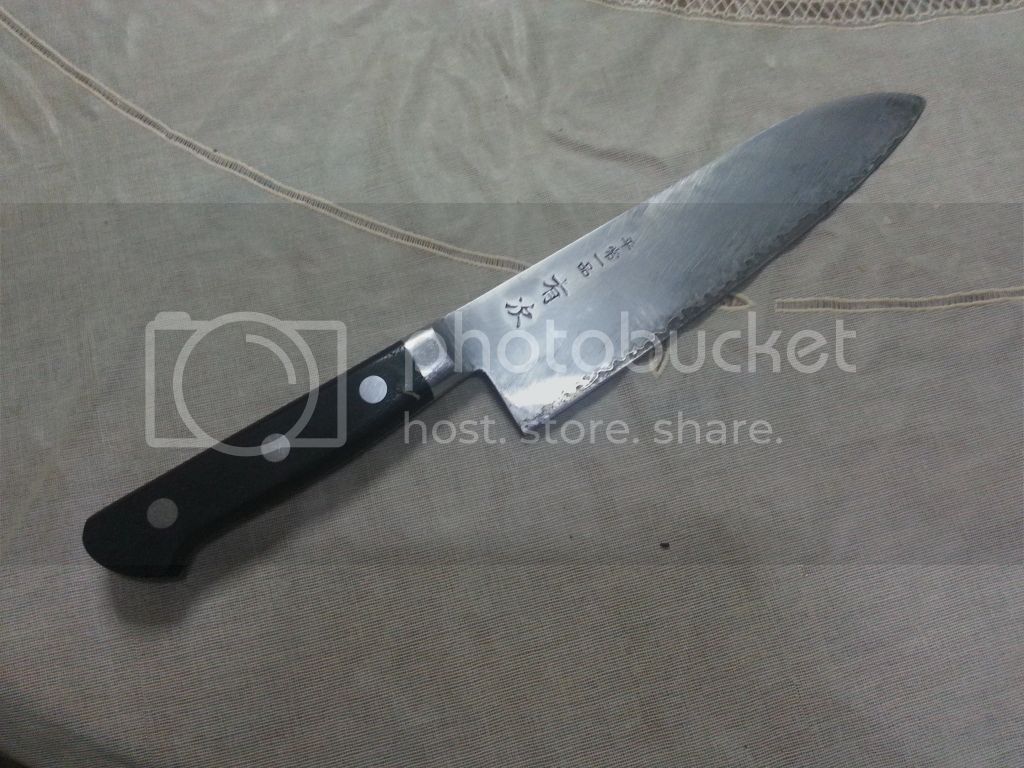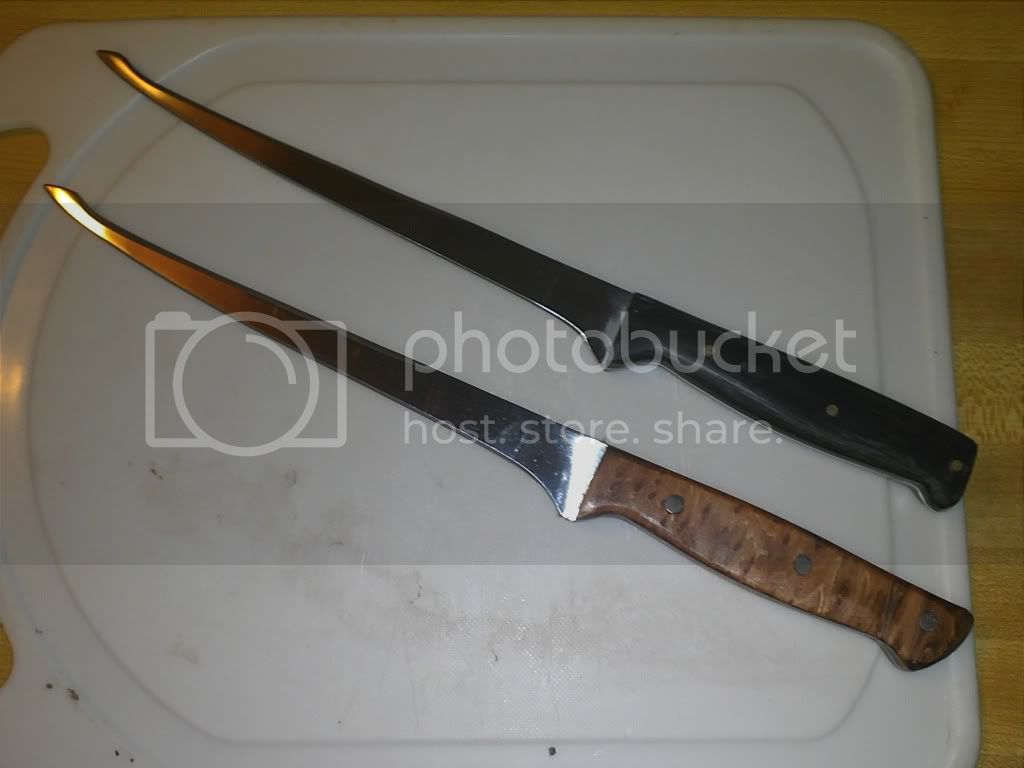See what you made me do......
Already shipped....oughta be waiting me when I hit the dirt

and a note on the Kyoceras- I picked up a few at Wally world -small Santuko type for 19.99 each.It is in my gear bag right now...and will sear the skin off off any unsuspecting soul as it is coated with pepper residues.Thats all I use it for.
Thats a buck fifty, 63 layer nickel Damascus.....what a steal.The older JAH's hold better edges then the new ones by a good margin.The edge geometry is key to how sharp a knife can be, the hardness only has to do with how long it will keep it.
If you do not use a traditional stone, or wheel to maintain your edges, your geometry is going to eventually wander a great deal.Steels are for quickies , in the kitchen during use only.They f#ck up more edges then anything except glass / ceramic cutting boards....and tossing em in kitchen drawers, which is just STOOOOPID.I have taken many a friends knives that aren' t "worth a shit", "can't hold an edge","crappy carbon steel"(this funny, because if you get your hands on a pre wwII carbon steel knife, you see what a sharp edge that holds REALLY is.)knife, spent 20-30 minutes restoring proper edge geometry, violla a great edge.
Shaving or cutting paper is deceptive because if you do not chase the the "wire" off the edge by stropping, or"chasing" the edge, it seem very sharp becuase you have a fine burred edge that quickly breaks down with just a small amout of use.
Like many things WE tend to be the reasons most of our knives are "shit", or won't sharpen right.If you don't take the time to learn how to sharpen correctly-it is not the steels fault.This relates to fire arms as well, there are a lot of very accurate rifles , but there are not alot of people who accurately shoot them.Most guns(meaning pistols and rifles) can out shoot your average person.Its called practice, and it does amazing things.
A note on right and left handed Japanese traditional styles , this is determined by which side the bevel is on,as they are" one sided".The reason for this is the flat side(side away from the kerf, or "cut") keeps the blade moving in a straight line, and as the cut progresses, the bevel pushes the cut material away from the blade, so you can make much thinner uniform thickness slices.
Left or right on double beveled knives sort of baffles me if the grind is the same angle on both sides.More hype then "happening" here. If you have a flat bevel on one side and a concave bevel on the other-there is a right and left handed as well.
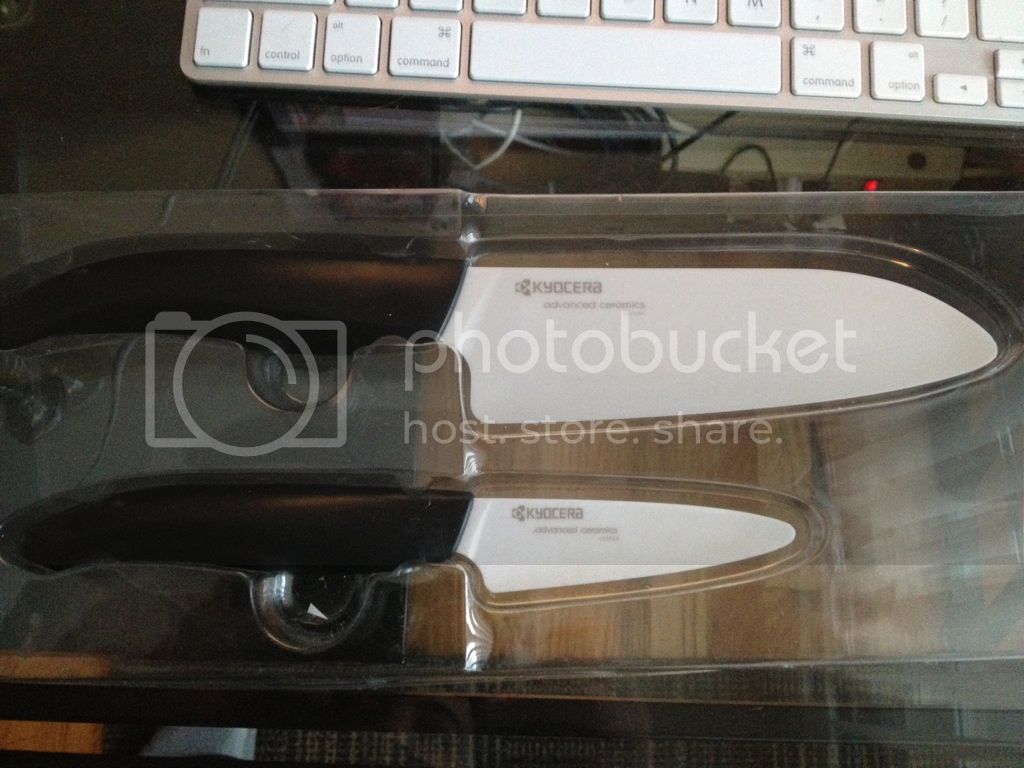

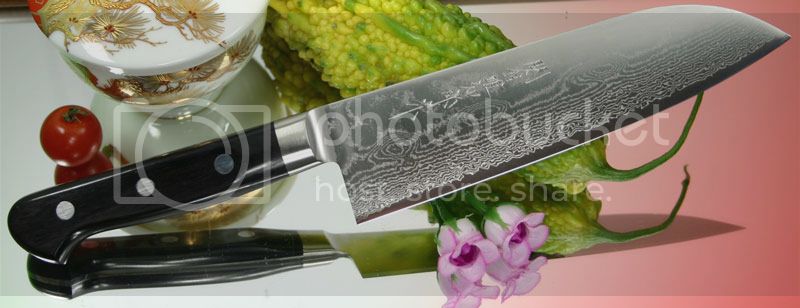
 !
!

